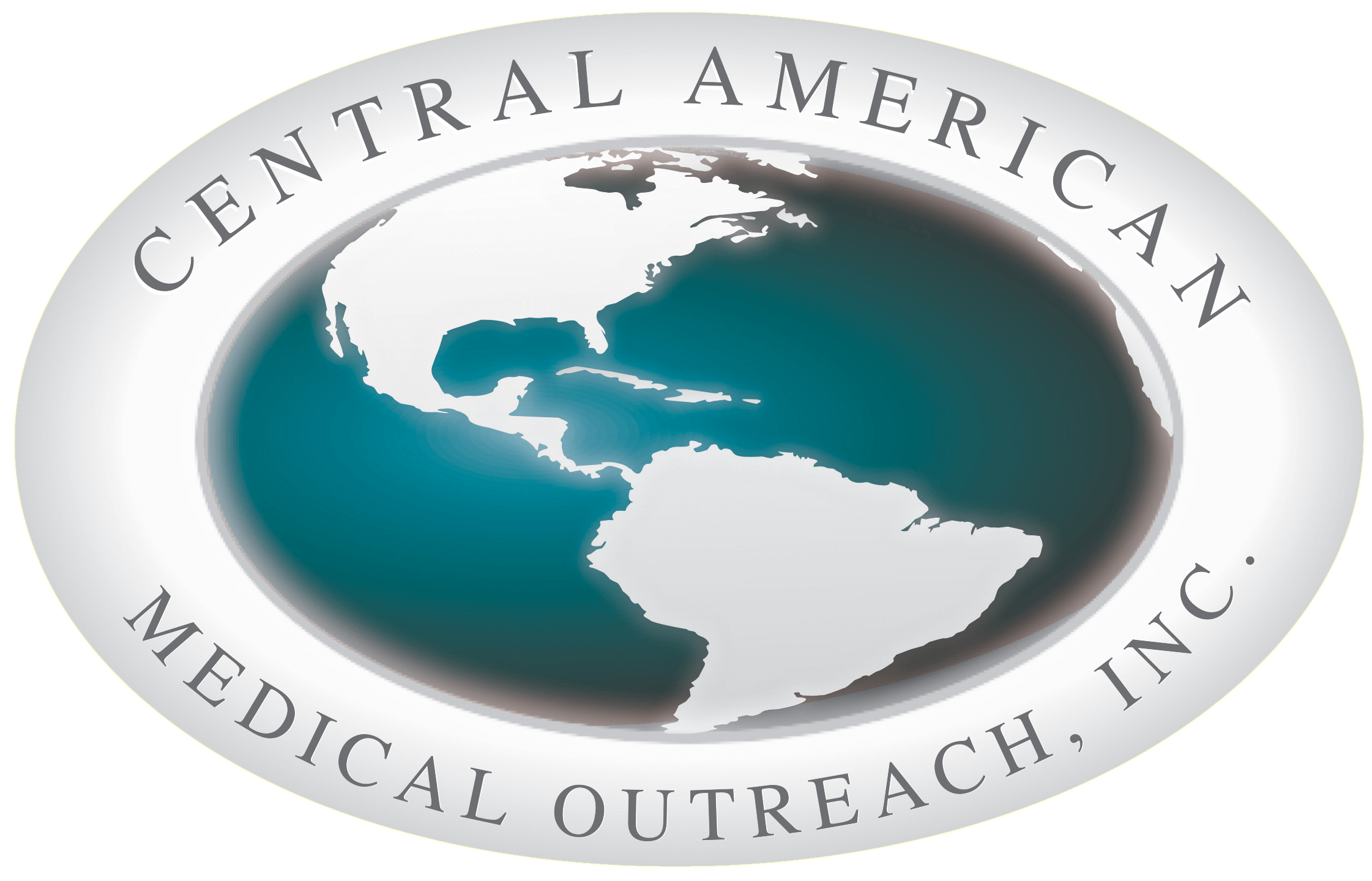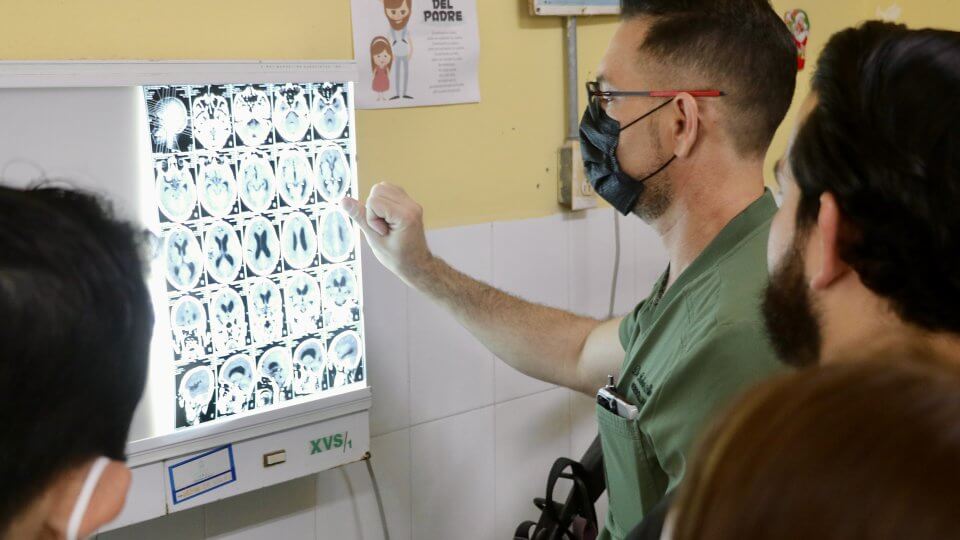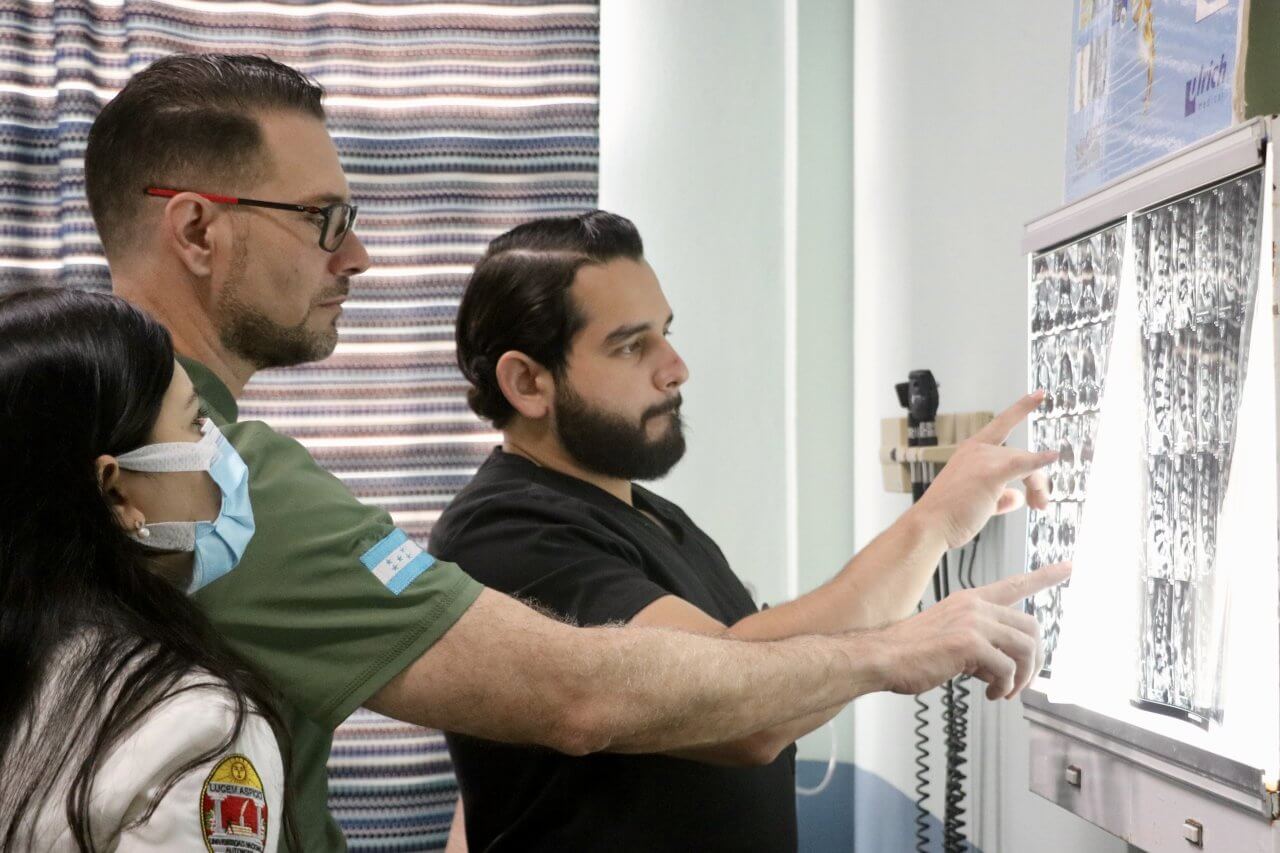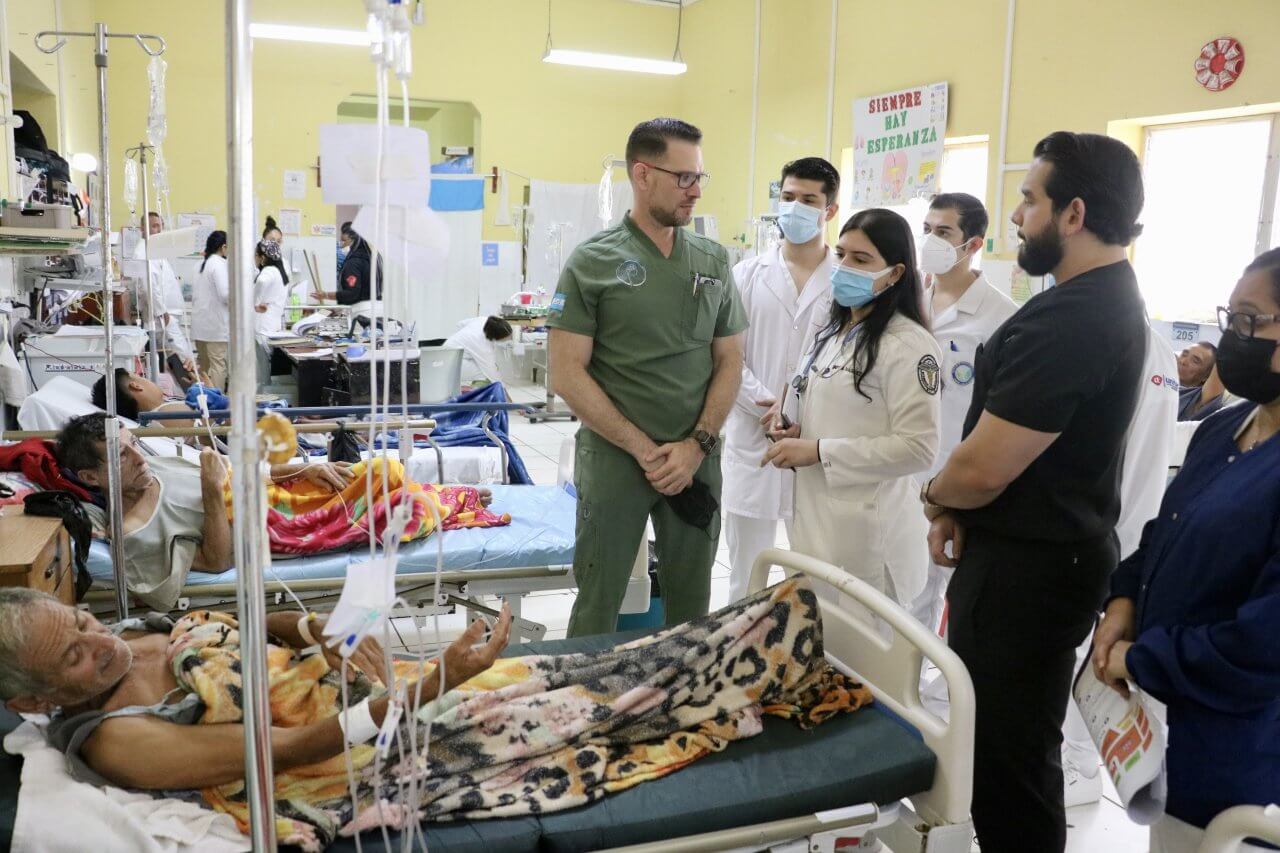Neurosurgery Program: 15 Years of Positive Impact Thanks to CAMO
In a joint effort between the CAMO and the Honduran Ministry of Health, the Neurosurgery Program at the public western hospital has impacted the lives of many economically disadvantaged people by providing specialized services to patients for over 15 years.
This model program has provided care to 374 patients in the past year, covering both evaluations and spinal and brain surgeries.
Dr. Roberto Álvarez, our neurosurgeon, emphasized the vision behind this initiative, aiming to give access to high-quality neurosurgical technology and care to everyone in the western part of the country.
From the beginning, the CAMO has worked hard to equip the public hospital with state-of-the-art technology, enabling brain and spine surgeries with a high margin of safety. This has meant a radical change in local healthcare, previously limited by a lack of specialized services.
Despite the financial challenges of acquiring and maintaining the necessary equipment, the program has made a notable impact.
“We’ve had an impact from the start since neurosurgery services didn’t exist in this part of the country; every diagnosed patient, emergency or spontaneous, related to brain and spine conditions, was referred to bigger cities like Tegucigalpa and San Pedro Sula. Now, with all the equipment and instruments we’ve received from CAMO, we’ve been able to elevate the quality and safety standards of neurosurgical practice,” detailed Álvarez.
Currently, between 20 and 25 surgeries are performed monthly, and the outpatient service sees an average of 10 to 12 patients per day, demonstrating the program’s effectiveness and ongoing need.
The cost of equipment and technology is one of the program’s biggest challenges, with equipment valued in millions of lempiras. However, thanks to CAMO’s efficient management, this vital medical service has been sustained.
Additionally, through international brigades and collaborations, cases that would otherwise have gone untreated in the country have been addressed, providing hope to those in desperate need, according to the doctor.
“It’s really expensive; if it weren’t for the mechanism under which CAMO operates, this wouldn’t be possible. Even if the government authorities do their best, they can’t meet the demand we have for equipment and technology,” reiterated the doctor.
Finally, Dr. Roberto Álvarez stated, “It’s vital for the program to remain alive, and the way CAMO manages fundraising to keep this program going is crucial because without the support and equipment they’ve provided, we couldn’t achieve much with our own hands.”



